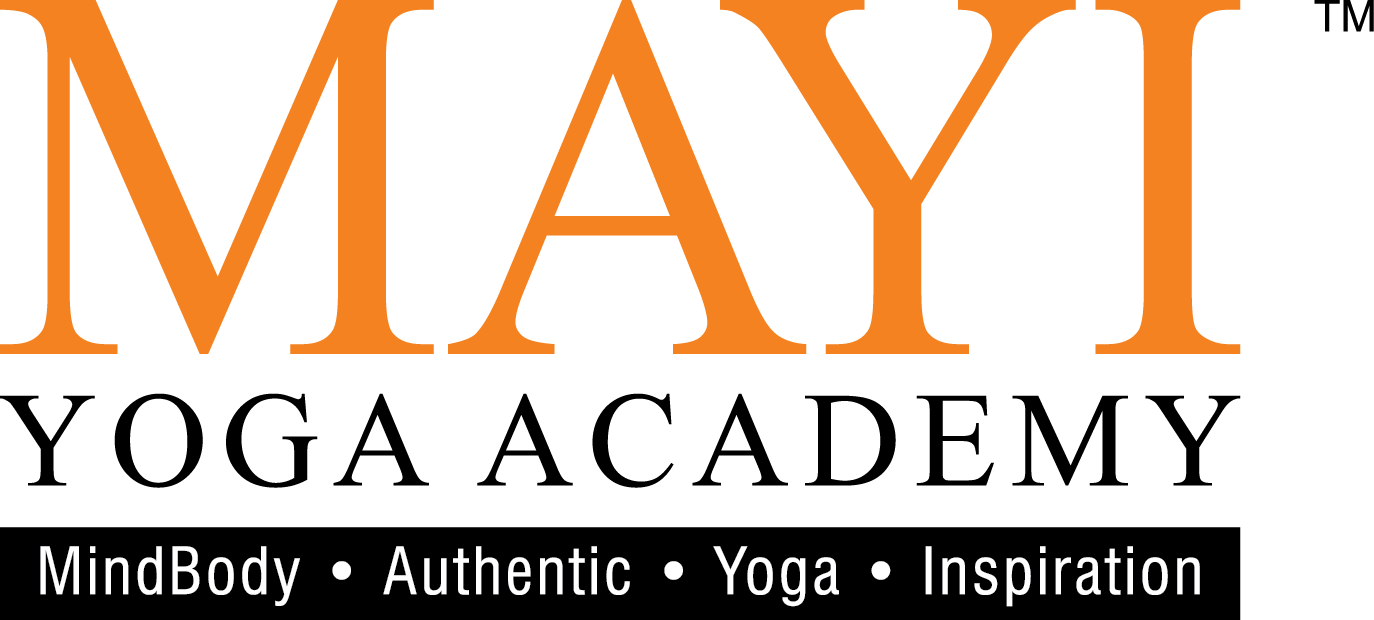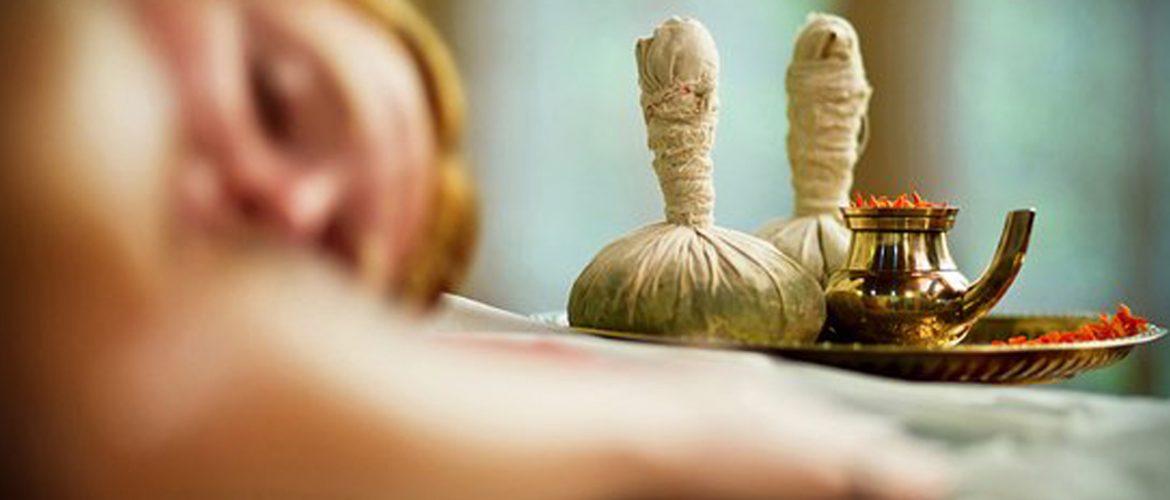By Shantini Mala A/P Paramasivam
Introduction to Ayurveda
Ayurveda is a 5,000-year old system of natural healing that has its origin in the Vedic culture of India.
It is based on the belief that health and wellness depend on a delicate balance between the mind, body and spirit, and also reminds us of the dynamic integration between our body and environment.
Its main goal is to promote good health, not to fight with diseases. More than treating illness, Ayurveda is a science of life. “Ayur” means life and “Veda” means science of knowledge. It offers a body of wisdom to help on ideal daily routines of diet, behaviour and other proper use of the senses.
Ayurvedic herbal treatments are usually safe and well-tolerated. Although it depends on the disease, one will experience improvement within 10 to 15 days of taking treatment.
The full course of the herbal treatment should be taken so that the disease is properly treated and a complete benefit can be achieved.
How do Ayurveda Medicines Work?
Ayurveda describes three fundamental energies of our inner and outer environments, movements, transformation and structure. It is known in Sanskrit as “Vata” (wind), “Pitta” (fire) and “Kapha” (earth). These primary forces are responsible for the mind and body characteristic.
They are also called “doshas”. They control how the body works. For each element, there is a balanced and imbalanced expression. When Vata is balanced the person is lively and creative, but when there is too much movement in the system he/she tends to experience anxiety, insomnia, dry skin, constipation and difficulty in focusing.
When Pitta is functioning in a balanced manner, the person is warm, friendly, disciplined, is a good leader and a good speaker, but when it is out of balance he/she tends to be compulsive and irritable, and may suffer from inflammatory conditions.
When Kapha is balanced, one is sweet, supportive and stable, but when it is not, there may be a tendency to experience weight gain and have sinus congestion. If the toxins are abundant in the body then a cleansing process known as panchakarma is recommended to purge unwanted toxins. It is also to strengthen the immune system to restore health and wellbeing.
A Case Study of Ayurveda Research on PodhiKizhi Treatment
Ayurveda offers many remedies for pain relief. Many treatments are combined to give a long-standing relief from pain, stiffness, swelling and other complaints associated with sore joints and bones, and musculoskeletal and neuromuscular pains. They also rejuvenate, relax and strengthen the joints, muscles and soft tissues. Many treatments are highly useful in preventing diseases like arthritis and lower back pain.
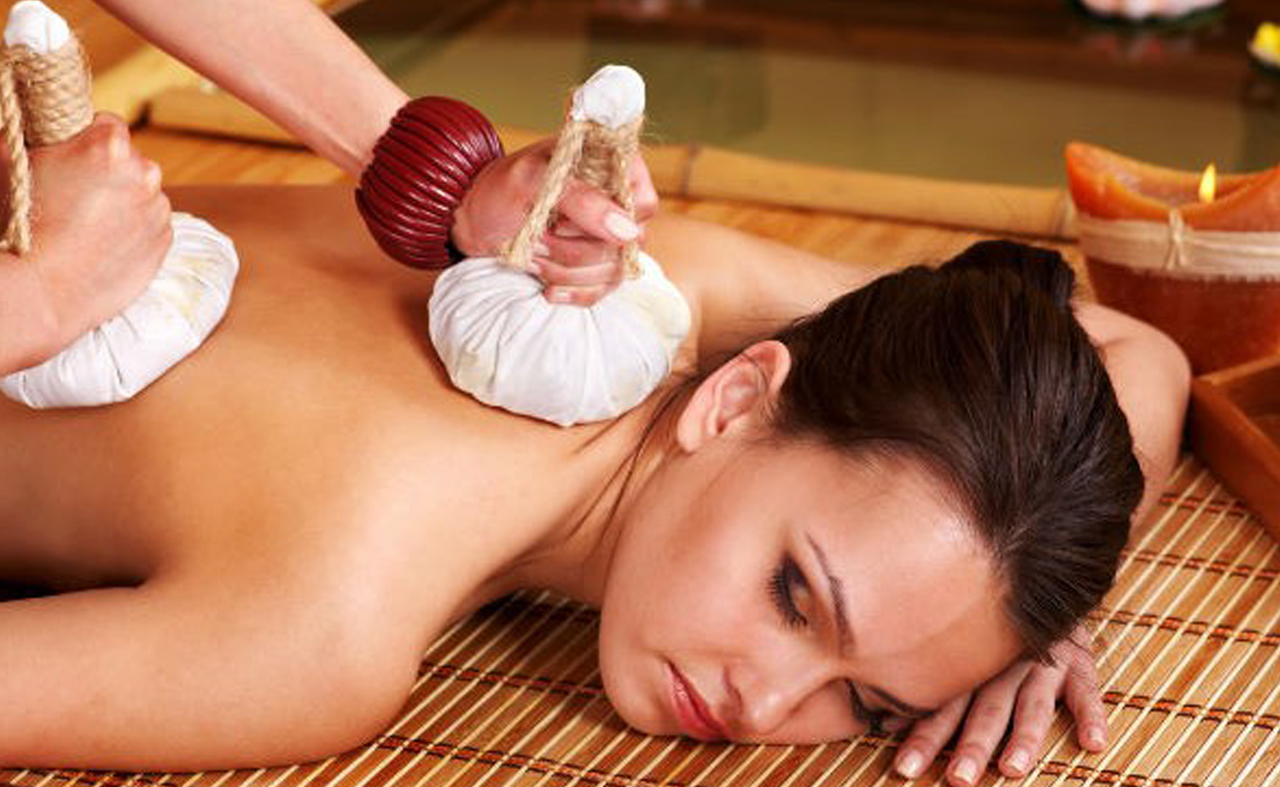
In this case, I would like to expand the Podhi Kizhi Ayurvedic Treatment for the client. Podhi Kizhi (also called Churna Pinda Sweda) is one popular treatment from the list of highly-effective remedies in Ayurveda towards pain relief. The therapeutic action of Podhi Kizhi is that our skin is a large highly complex organ and structurally integrated organ system, and the components of the skin are cutaneous membrane with hairs, nails and exocrine gland.
When the procedure starts, increased temperature will be the result of vasodilation, and an increased flow of blood through the area will occur so that necessary oxygen is supplied and toxins are removed. The active ingredients of the medicinal herbs help to act as muscular relaxants, and to reduce pain. In fact, with an increase of blood supply, the metabolism will increase as a result of output responsible for removal of disease from the cells, and this will help to nourish the skin.
Podhi Kizhi is the herbal powder used in this procedure. Herbs are cleaned, dried and powdered. These are tied into a bolus using a suitable cloth. Medicated oil may be applied over the body. The herbal powder bolus is heated during the treatment. It is beneficial in treating arthritis, removing toxins from the circulating system, and it’s found to be effective in certain lower-back aches, cervical spondylitis and frozen shoulder. The duration of the treatment is from 30 to 45 minutes according to the condition of the individuals. This is done from seven to fourteen days.
Benefits of Podhi Kizhi (Bolus Massage)
- It will relieve pain, stiffness and swelling associated with arthritis and other painful conditions.
- It will cause sweating and bring about lightness, and a feeling of health in the affected joints, muscles and soft tissues
- It will stabilise the mobility in affected joints, muscles and soft tissues
- It will eliminate the body toxins, establish health and tone up the joints and soft tissues
- It will improve the movement of the joints
- It will remove water retention in the tissues and effusion of joints
- It will soothe the nerves and improve blood circulation
- Fractures
- Fever
- Severe inflammation
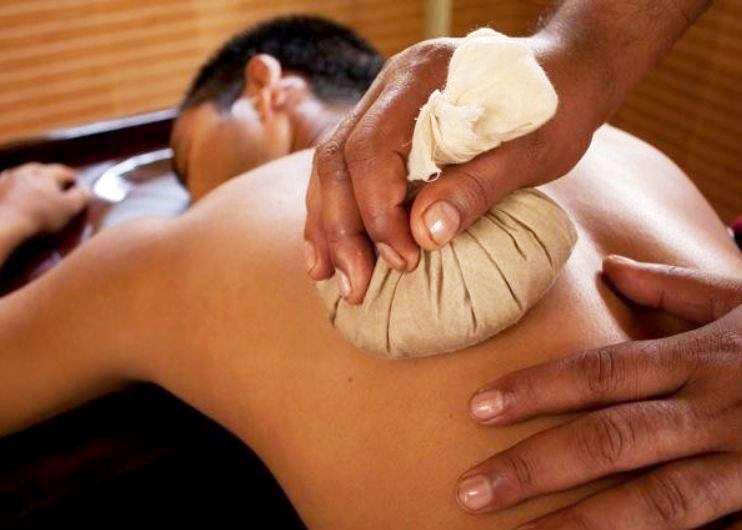
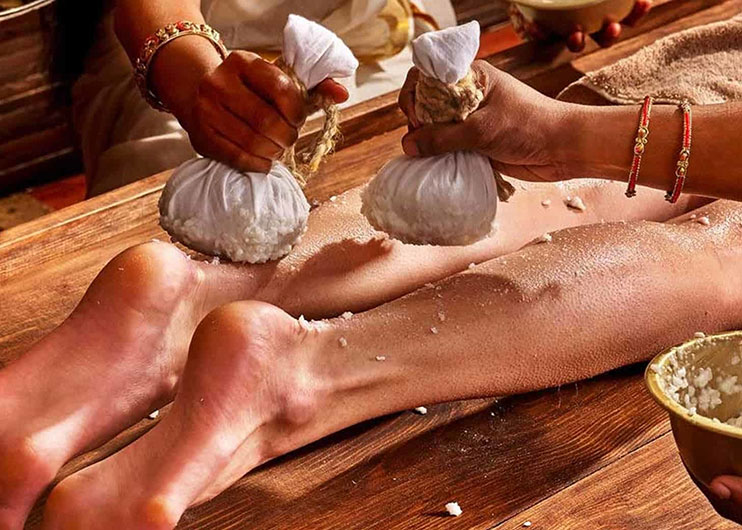
The Procedure of Podhi Kizhi Treatment
Each ingredient has its purpose. Rock salt is for relieve of pain and hold heat for swedana effect; the fresh turmeric is for antiseptic; coconut is for moisturising; fresh ginger, clove, cinnamon, cardamom and black pepper are heating elements; dry neem leaves have anti-bacterial properties; and lemon leaves have a healing effect.
In this treatment, the herbs are heated to tolerate temperature and are tied in a bolus. The bolus is heated in a pan and dipped in herbal oil and continuously rubbed over the pain area. A couple of boluses are prepared for changing and backup. Once the bolus gets cooled, it is changed with another. The bolus is repeatedly interchanged with backup bolus throughout the treatment duration. The key is to maintain the temperature of the bolus. The procedure is repeated many times as per estimate time of this treatment.
Case Report
A 51-year old right-hand dominant woman slipped from a staircase and fell down on her right side. She was diagnosed with a right-side Fracture of Right Greater Tubercle.
Based on observation, she had Brainstem cavernoma with LT sided hemiparesis and was going to a neurosurgeon for follow up treatment at the hospital. Her exam further revealed Hypertension and Diabetes Mellitus and fixation of screw on right greater tubercle. Her shoulder was then reduced with splinted brachium supported by an assistant on humerus head.
A sling was provided and the client intrusted to keep her arm for support for four weeks. Client took up physiotherapy treatment, but pain remained and was not able to move her hand actively. And pain gradually increased during the nights. Client came for consultation and I highly recommended her podhikizhi ayurvedic treatment for stiffness and swelling of her right shoulder blade and hand. Client was examined and kept under observation for the past one month.
Patient Complaint:
- Having bad pain and swelling on right shoulder with blue black mark.
Observation:
- Skin Colour: Blue Black with skin rashes around the stiches
- Muscle Spasm (swelling hand):
| Left hand (Stroke): | Right hand (Fracture): |
| Biceps: 36 | Biceps: 39.2 |
| Forearm: 28 | Forearm: 26 |
| Wrist: 20 | Wrist: 18.5 |
- Muscle Power (max force of hand):
| Left hand: 1/5 | Left hand: 2/5 |
- Nature of pain: pulling pain and tingling sensation around the hand.
Type of Treatment (first visit):
- Podhi Kizhi (one hour and thirty minutes)
- Massage with hot water using towel (ten minutes)
- Apply heated oil all over the hand and cover with clothes
Patient Review:
Client could feel the pain reduced compared with the previous week, and could feel a mild tingling sensation at night. Client’s blue black mark on the skin was changing.
- Muscle Spasm (swelling hand):
| Left hand (stroke): | Right hand (fracture): |
| Biceps: 36 | Biceps: 38.5 |
| Forearm: 28 | Forearm: 25.8 |
| Wrist: 20 | Wrist: 17.9 |
- Muscle Power (max force of hand):
| Left hand: 1/5 | Left hand: 2/5 |
- Nature of pain: pain with mild tingling sensation
Type of Treatment (second visit):
- PodhiKizhi (one hour and fifteen minutes)
- Massage with hot water using towel (ten minutes)
- Apply heated oil all over the hand and cover with clothes
- Advise client the position of sleep, self-assisted exercises for
both hands.
Patient Review:
Clients claimed that pain had reduced further and felt a very mild tingling sensation at night. Client was able to hold a small object with the fractured hand.
- Muscle Spasm (swelling hand):
| Left hand (Stroke): | Right hand (Fracture): |
| Biceps: 36 | Biceps: 37.2 |
| Forearm: 28 | Forearm: 24 |
| Wrist: 20 | Wrist: 16 |
- Muscle Power (max force of hand):
| Left hand: 2/5 | Left hand: 3/5 |
Type of Treatment (third visit):
- PodhiKizhi (one hour and fifteen minutes)
- Massage hand with heated oil and hot water using towel
- Self-assisted exercises for both hands
Other exercises (joint mobility):
- Passive stretching of stroke hand
- Active assisted exercise for fractured hand
- Weight bearing for fractured hand
Patient Review:
Client claimed that pain had reduced and had a very mild tingling sensation at night. Skin texture was clean. There were no rashes around the joints, no more swelling or stiffness around the hand and said the limitation of screw fixation made it difficult to move her hand with full range of motion. Client felt very happy with the podhi kizhi ayurvedic treatment. It really worked and she requested for oil massage and some manual exercises for her stroke hand.
- Muscle Spasm (swelling hand):
| Left hand (Stroke): | Right hand (Fracture): |
| Biceps: 36 | Biceps: 36.5 |
| Forearm: 28 | Forearm: 24 |
| Wrist: 20 | Wrist: 16 |
- Muscle Power (max force of hand):
| Left hand: 2/5 | Left hand: 4/5 |
Conclusion
Podhi Kizhi is the best treatment in Ayurveda to reduce pain and swelling, and catches related to neuromuscular and musculoskeletal disorders. Please don’t be shy to meet a consultant to get clarity on your condition. Proper diagnosis should be made before a treatment is planned, and the best way to do it is under the supervision of a doctor.
